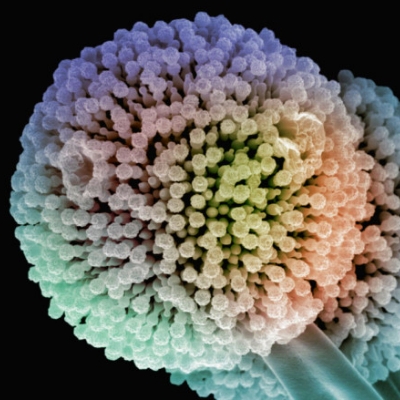
|
1-800-269-1909
-
The Most Common Types of Mold




The Dangerous Types of Mold That Could Invade Your Home
Mold is a fungus. It looks generally harmless, and most homeowners usually think of it as only something annoying that makes basement walls or crawl spaces look terrible. Few realize that mold can make people incredibly sick, and can even cause death. There are many types of mold, but this article will focus on three dangerous varieties. The first type is called Mycotoxic mold. This mold and its spores contain toxins in the cell wall, and can cause serious health problems in humans and animals. The effects of this kind of mold range from allergy like symptoms for a short amount of time, to suppression of a person’s immune system. Weakened immune systems due to this mold make people susceptible to illnesses they could normally have the strength to fight off. Long term exposure can lead to cancer, and even death. Removal of this type of mold requires a professional toxic mold specialist.

|

|

|
|||||||||||||||||||||
|---|---|---|---|---|---|---|---|---|---|---|---|---|---|---|---|---|---|---|---|---|---|---|---|
|
The second type is Pathogenic mold. This mold causes infections. For people with already weak immune systems, like people taking chemotherapy or who have AIDS, Pathogenic mold can be deadly. This type of mold requires a professional to remove it as well. Anyone with a compromised immune system should not stay in an area with this toxic mold. Anyone who has mold in their home should call a toxic mold specialist right away to schedule an inspection. Toxic mold specialists can identify the type of mold you have, and tell you if it is dangerous or not. They can also recommend someone who can remove it for you completely.
|
If possible, have children or anyone elderly that are living in the home stay somewhere else until the mold can be removed. The last type of mold is Stachybotrys Chartarum, also known as black mold and toxic mold. It is easily recognizable because of its greenish-black color. It grows very quickly, and is often seen in homes ravaged by floods and hurricanes. Toxic black mold grows on high-cellulose surfaces, such as paper, dry wall, and wood, ceiling tiles, carpet and wallpaper. It can also be found in hay or straw, and on drywall. It thrives in areas where there is at least 55 percent humidity.
|
Black mold is the most dangerous to children and the elderly, because they do not have as strong of immune systems as healthy young adults do. Some homeowners attempt to remove this mold with bleach or by painting over it. It can come back if it is not treated properly though. It is safer and more effective to call a toxic mold specialist to remove it from your home. Some of the initial symptoms of mold exposure are mild. They seem like simple allergies or chronic sinus infections, and can make people exposed think they are fine. As the symptoms worsen there can be headaches, dizziness and depression.
|

|
Progression of mold exposure in its worst stages weakens the immune system so badly that it can lead to lupus, autoimmune disorders, cancer and death. People in early stages of exposure generally feel much better when the toxic mold is removed, or they move to a different home.
|



|